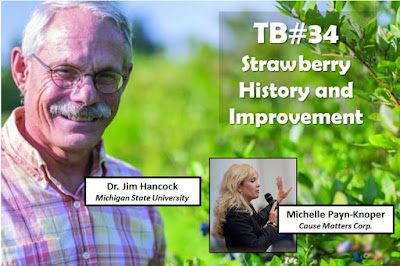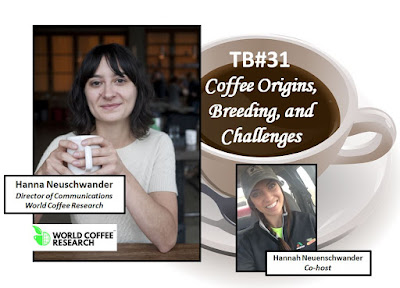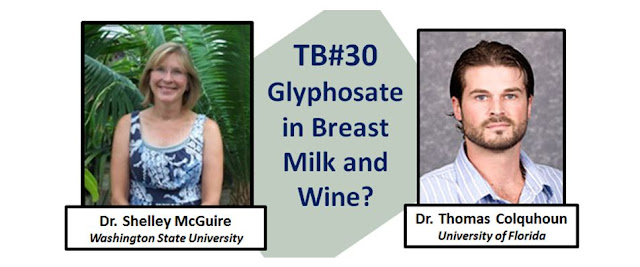Strawberry History; Favorite Websites

Strawberry is a popular fruit with tremendous commercial value, and while everyone loves a good strawberry, are they actually getting better? This week’s podcast talks to Dr. Jim Hancock, strawberry breeder from Michigan State University. Dr. Hancock explains strawberry’s wild history, from cultivation by indigenous people in Chile, to colonists moving them around the world, to spies taking them home to the king. Modern challenges and solutions to sustainable production are discussed. In the second part of the podcast professional speaker and agvocate Michele Payn-Knoper ( Cause Matters Corp. ) talks about effective ag communication and her favorite places to find good information on science and agriculture. Foodinsight.org — geneticliteracyproject.com — thefarmerslife.com — Foodie Farmer PLEASE WRITE A REVIEW ON iTUNES.











